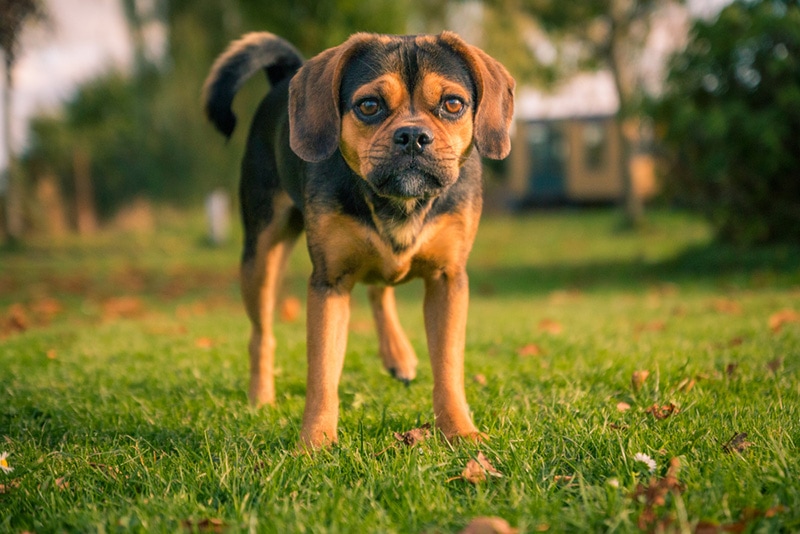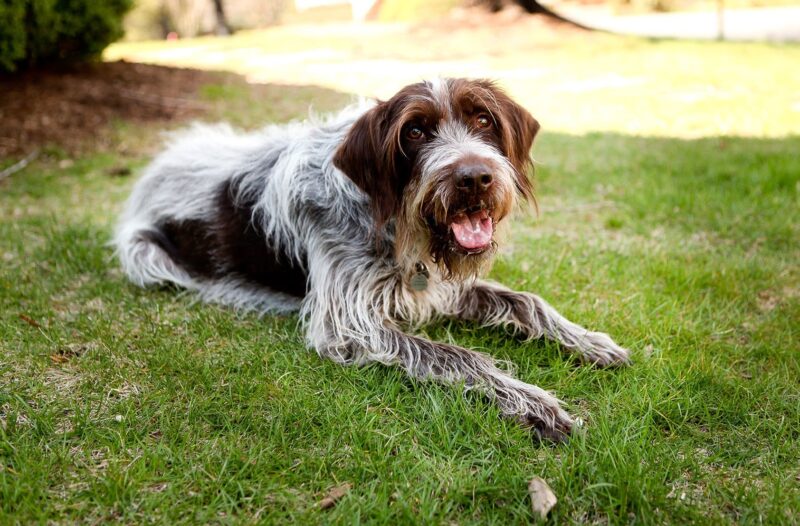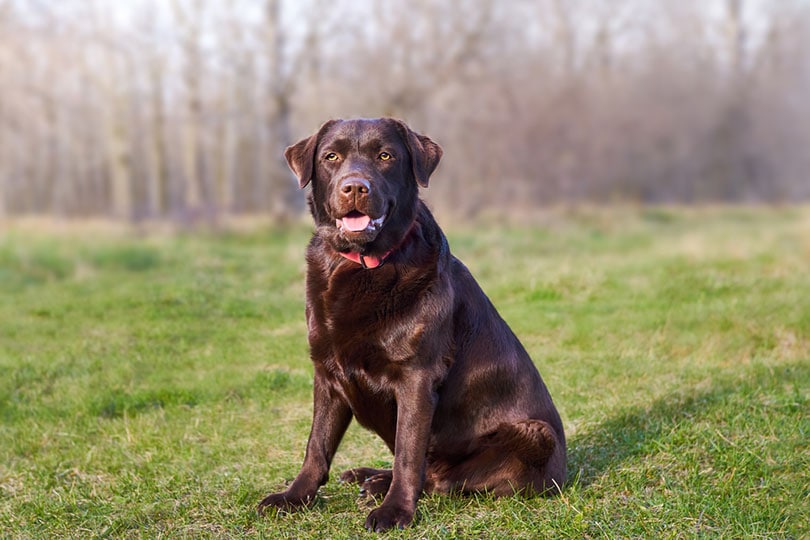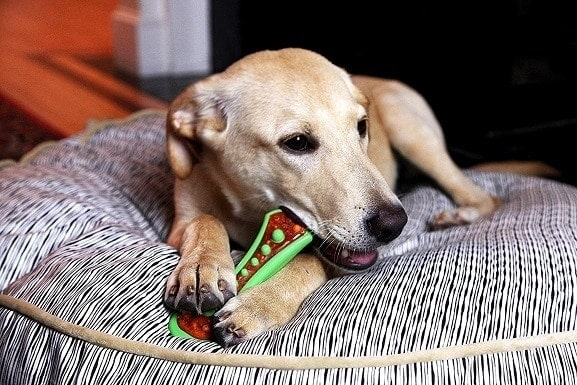Pocket Puggle: Pictures, Facts & History
Updated on

Click to Skip Ahead
The Pocket Puggle is simply a miniature version of the Puggle, which is a mix between the Beagle and a Pug. Weighing in at under 20 pounds and no taller than about 13 inches, these little pups are adorable, playful, affectionate, and loyal to their human companions. They come in various colors and can get along well in households of many shapes and sizes. Here’s what you should know about the Pocket Puggle.
Breed Overview
| Height: | 10–13 inches |
| Weight: | 8–17 pounds |
| Lifespan: | 12–15 years |
| Colors: | Fawn, yellow, gold, red, black |
| Suitable for: | Families, adults, seniors |
| Temperament: | Smart, playful, affectionate, sociable, spirited, determined |
The typical Pocket Puggle cannot actually fit in your pocket. Their name is just a clever way of explaining their miniature size. These dogs are known for being sweet, affectionate, and sociable within their family units. They happen to snore more than many other dog breeds, and their shedding is not for the faint of heart. They also happen to love food, so they should never have access to unlimited amounts. Another thing to know is that these little pups can make great family pets!
Pocket Puggle Characteristics
The Earliest Records of Pocket Puggles in History
The first Puggles were bred by a man living in Wisconsin named Wallace Havens. Since then, they have gained popularity among households throughout the country. 2005 was the height of their popularity, but they have yet to be established as an official breed recognized by the American Kennel Club. That said, organizations that recognize designer breeds, including the American Canine Hybrid Club, register the Puggle. It’s not clear when Pocket Puggles came onto the scene, but they are less common than standard Puggles.

How the Pocket Puggle Gained Popularity
The standard Puggle is popular throughout the United States today, which stems from an explosion of attention and notoriety that they enjoyed starting in 2005. They haven’t become national heroes or anything, but they have certainly turned the heads of dog lovers, breeders, and show people over the years. The Pocket Puggle is not a common designer breed, so there hasn’t been an opportunity for the breed to become super popular. However, they do enjoy a following among those who are fans of designer breeds and tiny dogs.
Formal Recognition of the Pocket Puggle
Neither the Puggle nor the Pocket Puggle has been formally recognized by the American Kennel Club or any other large national (or international) organization. Some clubs and organizations do recognize designer dogs like the Puggle and Pocket Puggle, including:
Top 5 Unique Facts About the Pocket Puggle (& Puggles in General)
The Pocket Puggle is just a small variation of the standard Puggle, so here are interesting facts that pertain to the Puggle breed in general.
1. Their Inherited Traits Are Unpredictable
Since the Puggle is a mix between a Pug and a Beagle, they could take on a nice mixture of traits from both parents or inherit traits predominantly from one parent or the other. Therefore, you never know what traits your Puggle or Pocket Puggle will have until they show them as they grow and mature.

2. They Happen to Shed Excessively
They may have short coats that stay shiny without regular baths, but Puggles and Pocket Puggles do shed frequently throughout the year. They should be brushed two or three times a week to keep the shedding under control. Otherwise, your home might become overrun with hair.
3. They Snore Frequently
While pocket- and standard-sized Puggles have slightly longer snouts, they share the snoring characteristics that most flat-faced dogs have. If you like to cuddle with your pup while sleeping, you’ll just have to get used to the snoring noise, or you won’t be getting any sleep.
4. They Are Exceptionally Sweet Dogs
The typical Puggle is extremely sweet and sensitive. They’re always looking to give and get attention when interacting with their human and animal family members. They thrive off positive reinforcement, and they are eager to please, which makes them moderately easy to train as puppies and adults.

5. They Can Be Stubborn at Times
Neither the Beagle nor the Pug are known for being obedient due to their stubbornness. Therefore, it’s safe to say that their Puggle offspring will be stubborn too, at least occasionally. This trait can be cute sometimes, but it can also get your Pocket Puggle in a bit of trouble around the house.
Does the Pocket Puggle Make a Good Pet?
Yes, the Pocket Puggle can make a wonderful pet for families and singles alike! They require daily walks and regular brushing, but otherwise, they don’t need much more than attention, interaction, bonding, and love. They tend to get along well with kids, and they can learn to get along with other household animals if socialized from a young age.
They do require obedience training to ensure proper behavior in household and public settings. They can get along in both apartment and house settings, and they don’t need a fenced yard to stay happy and healthy.

Conclusion
The Pocket Puggle is an adorable little dog that happens to shed frequently but has a huge, loving personality that can fit in well with families of all types. However, these dogs do have a stubborn side, so they require a patient yet persistent pack leader. Is this designer breed right for your household? Only you can determine that!
See also:
- Bramble Cat: Pictures, Info, Care Guide & More
- Canary vs. Parakeet: Vet-Reviewed Differences (With Pictures)
Featured Image Credit: Fluechter Photography, Shutterstock











